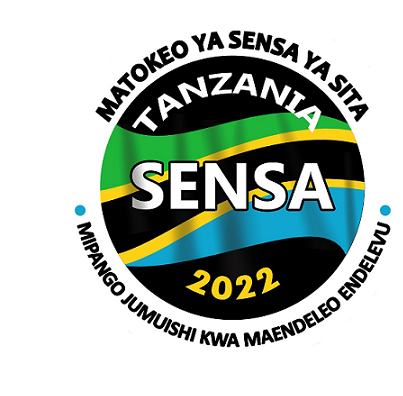This is the second edition of the booklet which was initially produced in 2017. It contains information from various statistical publications from the National Bureau of Statistics (NBS),sector ministries, government departments and agencies. It includes chapters on population, health, education,women empowerment and property rights and asset ownership.
In Tanzania about 65 percent of farmers are women and 33 percent of households are headed by women; political processes that promote women’s participation are increasing, for example, 36 percent of the national parliamentarians are women. However, legislative and financial barriers as well as gender norms that impede women’s full participation
in economic and social development still remain.
Women account for 70 percent of the food production, but face challenges such as lack of access to credit and skills development, control of productive resources and high rates of domestic violence. The plots of women farmers are on average 40 percent smaller than those of men and have lower yields; women have fewer hours to devote to farming and are less likely to hire labour or invest in high value crops due to limited financial resources.




